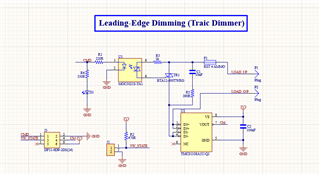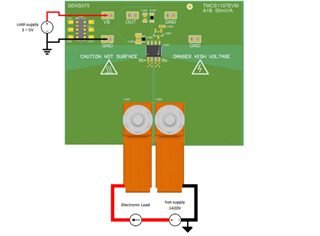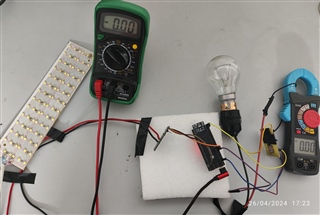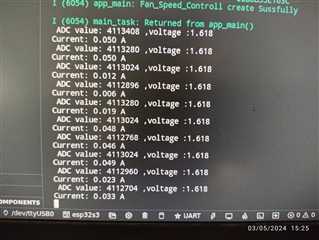Other Parts Discussed in Thread: TMCS1107
Hello,
I am utilizing the TMCS1107A1BQDRQ1 IC for measuring current in both AC and DC loads. When testing DC load, I observed that the output voltage of the IC change depending on whether the device is powered on or off. However, when testing AC load, I consistently measured a voltage 1.65 at output of IC regardless of device power status. I want to measure the current on the AC line of Bulb and fan by using the schematics given below, but I couldn't. I got 1.65 by using this 0.5 × VS (VS=3V3) which is mentioned in datasheet.












